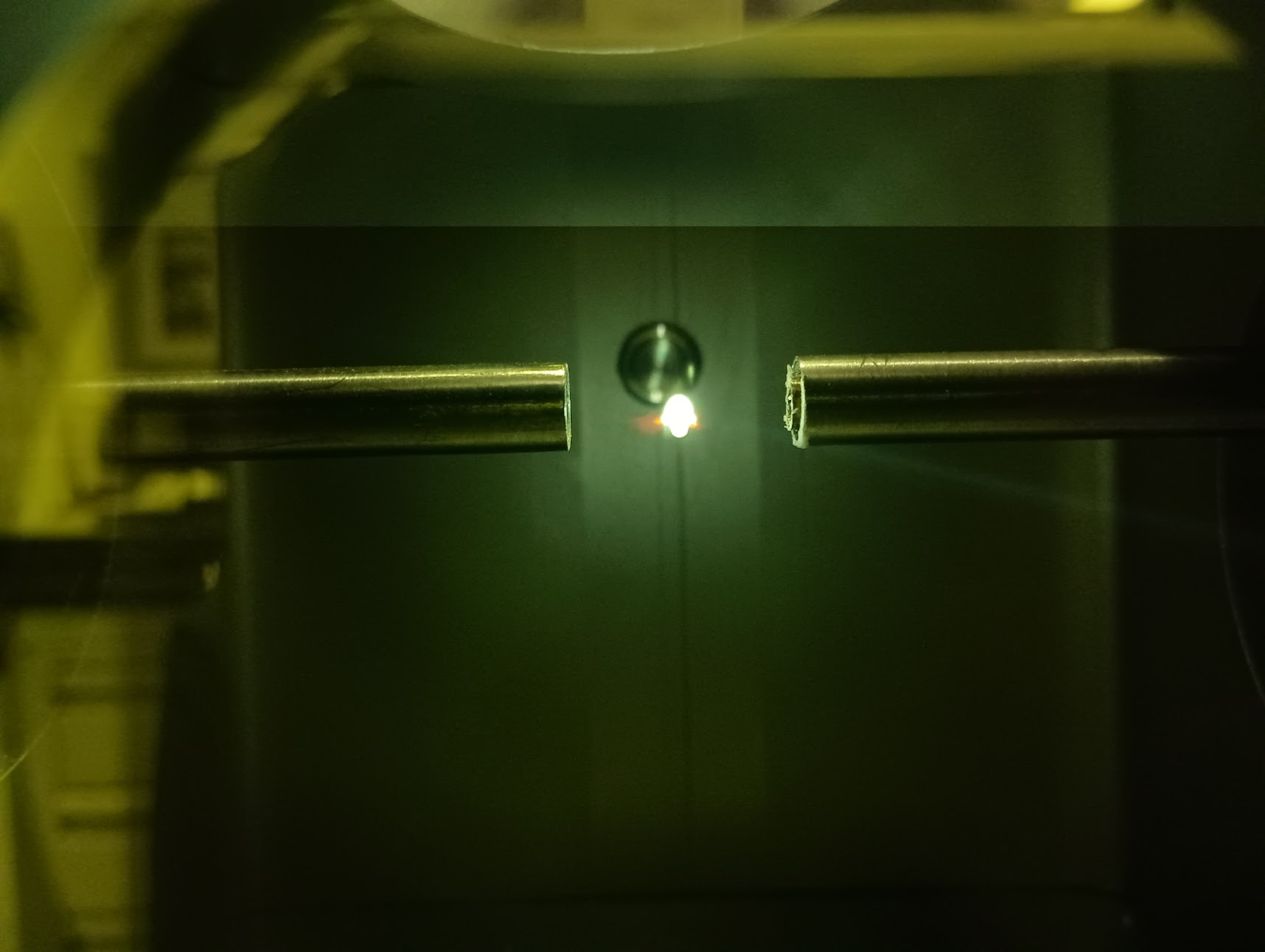Researchers at Oak Ridge National Laboratory (ORNL) successfully demonstrated a new method to track chemical changes in molten salt in real time.
March 17, 2025Researchers at Oak Ridge National Laboratory (ORNL) successfully demonstrated a new method to track chemical changes in molten salt in real time.
The accomplishment, recently published in the Journal of the American Chemical Society, will help pave the way for the development of new sensing technologies for advanced molten salt reactors.
Lasers, Light, and Rapid Identification
Molten salt reactors are among several advanced reactor designs that developers hope to deploy in the United States within the next decade to help meet growing power demand.
They use molten fluoride or chloride salts to cool the reactor, which can flow over solid fuel, or the fissile materials can be directly dissolved into the coolant.
While this design offers enhanced safety and efficiencies when compared to current reactors, the high heat and corrosive nature of molten salt makes it challenging to monitor the presence and distribution of nuclear material and other chemicals.
ORNL researchers decided to see if a laser-induced breakdown spectroscopy (LIBS) technique could be used on molten salt by using a laser pulse to create a microplasma in a molten salt aerosol stream.
The light emitted from the plasma was rapidly analyzed using several spectrometers to measure elements and for the first time identified isotopes present in the molten salt using non-radiometric methods.
The measurements also allowed researchers to determine how fast gases spread throughout the molten salt and how much gas the molten salt could hold.
“We’ve performed several proof-of-concept experiments with LIBS to track aerosols and gases, finding it extremely insightful – providing an elemental fingerprint of the sample in less than a second” said ORNL staff scientist Hunter Andrews. “By making the jump to real molten salts, we were able to demonstrate in a more realistic system how LIBS could monitor a reactor and also be used by researchers to better understand their experiments.”
What’s Next?
ORNL is currently working to optimize LIBS to detect impurities within molten salt aerosols.
Researchers are developing LIBS models for real-time monitoring of off-gases from a molten salt reactor with the goal of outfitting engineering-scale test systems in the coming years to explore how to eventually incorporate a LIBS sensor into a molten salt reactor at commercial scale.
ORNL is a world leader in molten salt reactor research, dating back to the 1950s and notably the Molten Salt Reactor Experiment which assessed the potential use of liquid fuel reactor technologies for commercial power generation.
Learn more about ORNL’s work on molten salt reactors.



